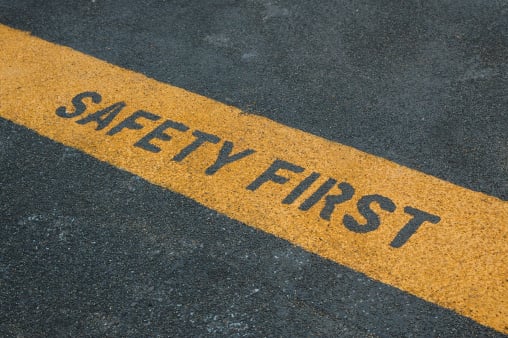
Corey Hausman was just 15 days into his freshman year when he fell off his skateboard on a broken pathway at the University of Colorado at Boulder and died. When Hausman's family looked for more information on accidents on campus, they soon found that three other students had died, but their deaths were not counted for by the university because they had all been accidents.
Colleges are required to collect data on instances of serious crime that occurs on campus that are submitted to the federal government through the CLERY Act, a law named after Jeanne Clery, a student who was raped and murdered in a dorm at Lehigh University in 1986. This includes hate crimes, fires, sexual assault domestic violence and substance abuse. Information on accidents, despite being the leading cause of death among college students according to the American College Health Association, are not collected by colleges.;
"I asked questions and looked for statistics around serious accidents and college student death and found there was no evidence-based data for predicaments like Corey's but I was able to find out that Corey's was the third death at his college in those first 13 days," said Nanette Hausman, Corey's mother and the founder of College911, an organization focused on increasing awareness of safety on college campuses.
A bipartisan bill introduced in the House in July could change this. The so-called College Operational Reporting of Emergencies Involving Teens and Young Adults Safety (COREY) Act , introduced by Representatives Joe Courtney and Jim Himes, both Democrats from Connecticut, would amend the CLERY Act of 1990 to require colleges to disclose instances resulting in "serious harm or death" in their annual safety report. This includes any accidents related to slips, bike or motor vehicle accidents, drowning, or alcohol or drug overdoses.
This data would help campuses make informed decisions on policies and procedures needed to improve campus safety.
"If an accident happens in the same place over and over again, and you have the metrics to show that, then, in a way, it isn't an accident, it's a preventable injury," said Hausman. "With these metrics, public health agencies and researchers will have evidence-based data for injury and fatality prevention in college communities. It will assist our universities in acquiring the needed resources to be more prepared for medical emergencies and to manage and minimize preventable injuries."
A 2013 study from the American College Health Association of over 150 colleges found that accidents accounted for 10.8 percent of deaths among college students, following suicide (6 percent), which is not reported through the CLERY Act, and homicide (0.5 percent), which is reported through the CLERY Act.
"Students go off to college and university with the goal of gaining experiences, skills, and accreditation for opportunities later in life. It's one of the greatest things a parent gets to witness -- to see our kids work hard and achieve these opportunities -- and while not every tragedy can be prevented, we need to know that schools are taking meaningful steps to keep students safe on campus," said Courtney.
The bill modeled after a law that passed unanimously in Connecticut last year that instituted similar reporting requirements for all Connecticut college campuses. It would also require colleges to provide students with information for the closest trauma center to campus. Hausman said that this information will help students make more informed decisions in the event of an emergency.
Accident-related deaths happen to freshmen. "If it's your first time as a college student and you realize your science class is a world away, students can be rushing, riding bikes or hoverboards or skateboards at the same time as people are walking or strolling on campus. We believe that this act will help kind of look at the infrastructure of the campus and the forms and the buildings to make sure that they are being kept as safe as possible," said Hausman.
Hausman has created a medical emergency checklist that provides families with information on how to prevent serious accidents and how to create a plan for students in the event of an emergency. She is hopeful that if the act is passed, colleges will begin to have conversations with students about safety on campus as early as during their freshman year orientation.
from Inside Higher Ed | News https://ift.tt/qfl6VNr


No comments:
Post a Comment